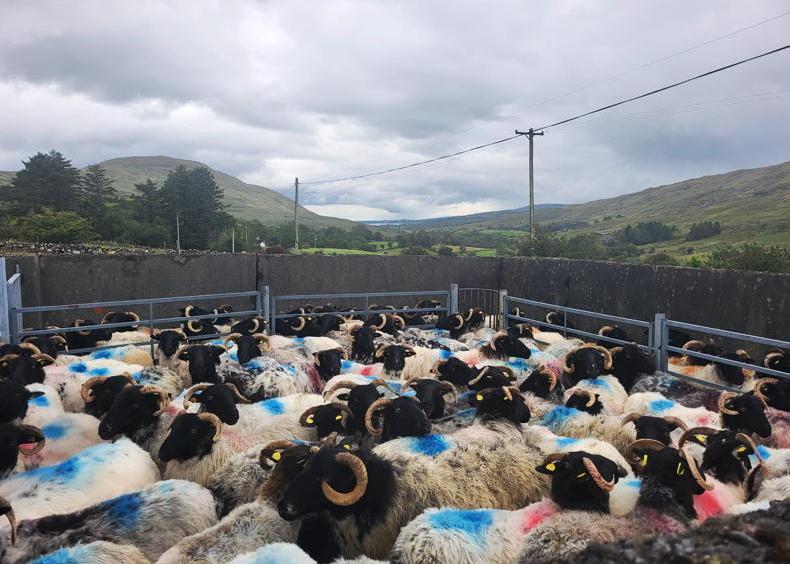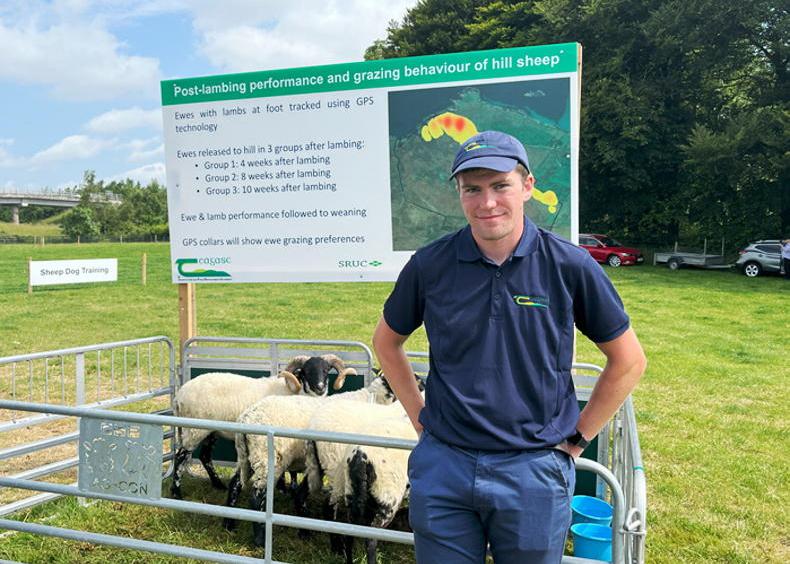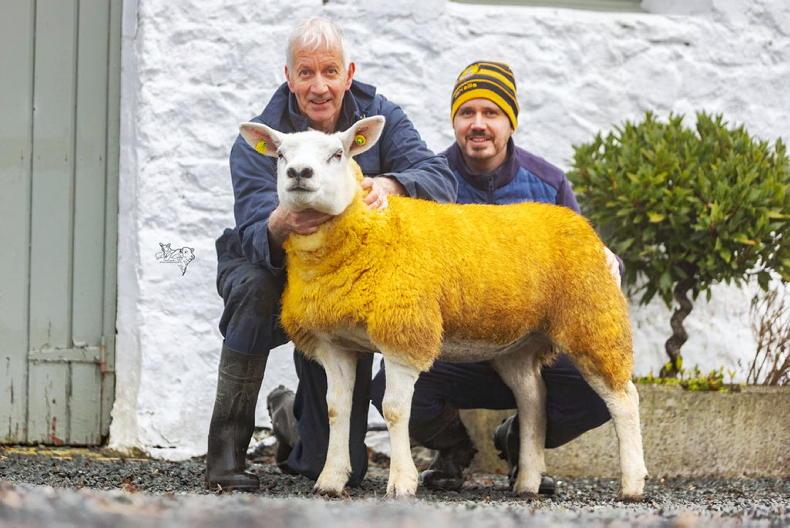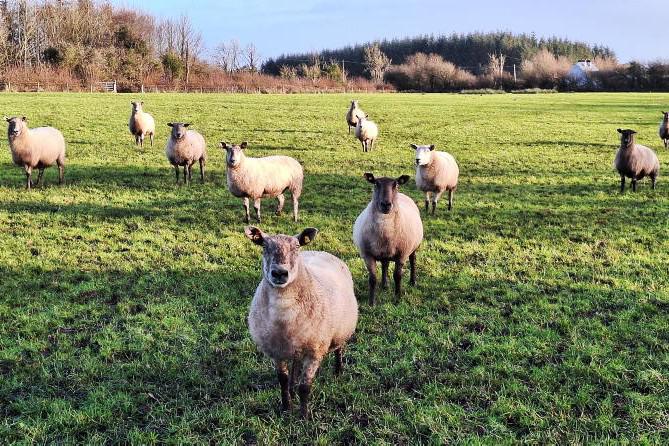It is expected that 1,264 hill rams will be required by hill sheep breeders in year one of the Sheep Improvement Scheme (SIS), with a total of 5,820 hill rams required over the next five years.
These figures were highlighted by Kevin McDermott, Sheep Ireland manager at the recent Teagasc hill sheep conference.
Kevin says the incorporation of a hill sheep breeding element for the first time in a national sheep scheme is a significant milestone for the hill sector and offers a major opportunity to establish a structured breeding programme for the hill sector.
The figures listed above are just a percentage of the number of rams used in the hill sheep breeding programme but getting a structured breeding programme in place, even for a percentage of flocks, can have far wider-reaching benefits with the potential for superior genetics identified to be quickly utilised across the sector.
Kevin presented figures which showed how improvements in breeding can quickly bring about positive change. He said that 19% of all rams recorded in the 2021 sheep census were hill rams.
Thirty-one per cent of ewes from the national flock were recorded as hill ewes, while a further 18% were recorded as hill cross, or combined just shy of 50%.
National flock
“These 19% of hill rams are breeding these 31% of ewes and are linked to these 18% [hill cross ewes] as well. When we look at new rams entering the sector each year, it is about 4,000 hill rams which is not a massive number when you think of the impact that they go on to have across the national flock.
“However, only 3% of the flocks last year on the [Sheep Ireland] database were hill flocks so the hill industry is under represented there. That’s something that we need to work on, both for lowland and hill flocks, as these 4,000 rams have a massive impact on the ewe flock.”
New dawn
While a hill breeding element in the SIS offers the sector the potential for a new beginning, it is something that has been around for decades.
It is now fairly well established in lowland flocks but there has been a number of false dawns for the hill sector with only two groups established – the Donegal Cheviot Sheep Society and the Mayo-Connemara Blackface Sheep Breeders Association.
Kevin outlined three main reasons why previous initiatives did not succeed. The first is a lack of markets for parentage-recorded rams followed by no short-term gains been seen and lastly practical difficulties in recording parentage in hill flocks.
“We are hoping we have reduced these three issues and will see progress in terms of the SIS.
“We now know there will be demand there for rams that are DNA sire-verified.
“In terms of short-term gains for breeders, there will be a price bump relative to current prices I suppose and breeders will also be receiving genomic results quickly for sire verification, inbreeding screening, etc. In dealing with the practical difficulties genomics can be used to assign parentage and reduce the need to do this at birth.”
The requirement for hill rams in the SIS is that rams must be DNA sire-verified and classified as type one, two or three for scrapie status. Kevin highlighted four main gains that genotyping can deliver.
As mentioned above, it will accurately identify the parentage of sheep where both parents have been genotyped too.
Not only can the genomic service find errors, but in 80% of cases, the correct parent can also be identified via DNA assignment
As more genetic information is accumulated, it will also provide an opportunity to identify parentage information from records in the database.
“Even in the lowland flock books where systems are better suited to parentage recording, approximately one in 10 animals have an incorrect sire or dam recorded at the time of parentage verification through simple human error.
“However, not only can the genomic service find errors, but in 80% of cases, the correct parent can also be identified via DNA assignment.”
Scrapie testing is also an important factor for the hill sheep sector. The number of sheep that have been tested to date is low relative to lowland animals, as detailed in Table 1, but there are early indications that there may possibly be a higher percentage of animals classified as Type 3.
Identifying the scrapie status will be important to allow breeding decisions lower the risk of scrapie.
There is a high risk of inbreeding in hill sheep flocks which is not surprising.
Genotyping will provide vital information regarding the inbreeding coefficient and again allow breeding programmes to be tailored to reduce the risk of inbreeding occurring.
Genotyping will also improve the accuracy of genetic evaluations. The optimum situation is where the predicted breeding values of animals stems from both performance recording and genomics.
It is hoped that genotyping in hill sheep flocks will now also encourage more flocks to take the next step and also participate in performance recording.
There is also ongoing research in to the possibility of using genomics to identify major genes from a health and performance perspective, breed predictions and genomic mating.
Data was presented on the night which showed the national sheep breed improvement programme added €17m to the value of the industry from 2014 to 2020.
The Abacus Bio research carried out in 2021 predicts that if the programme continues to develop it could deliver an additional €115m to the sheep industry.
Teagasc research has determined where gains have been made.
“When all the physical differences in performance between the five-star flock and one-star flocks were analysed, the net profit per ewe differed by €18 (€45 v €27), which equates to a 66% increase in profitability per ewe.
“The final area investigated was the sustainability of each flock of ewes. Based on a lifecycle analysis, the five-star flock produced 6.9% less greenhouse gas per kilo of carcase produced.”










SHARING OPTIONS